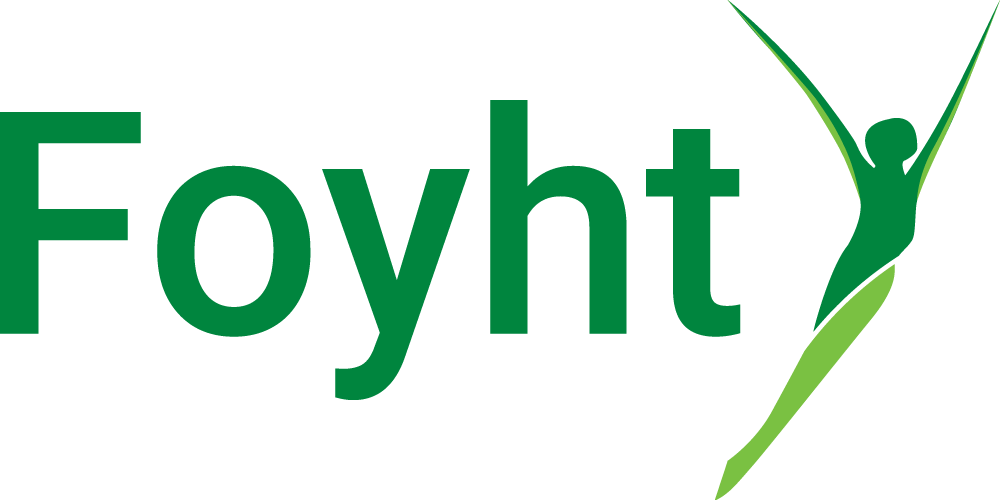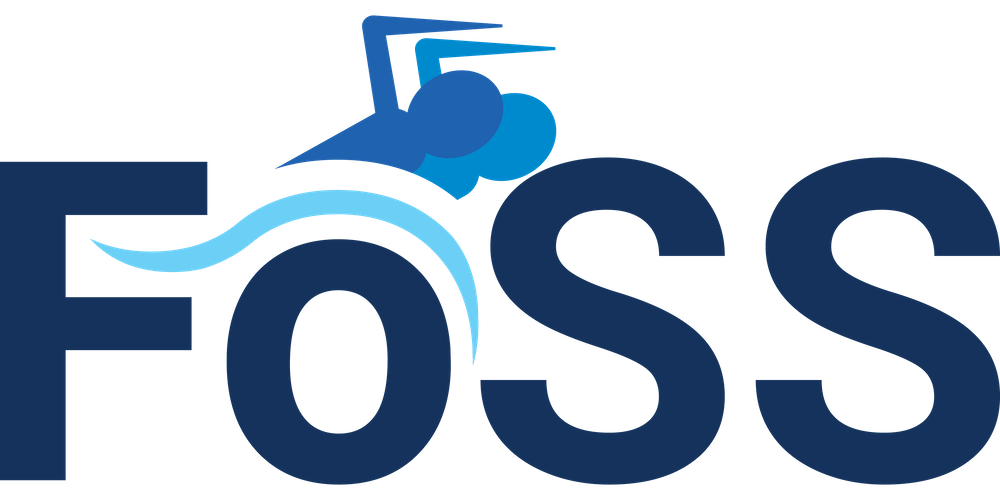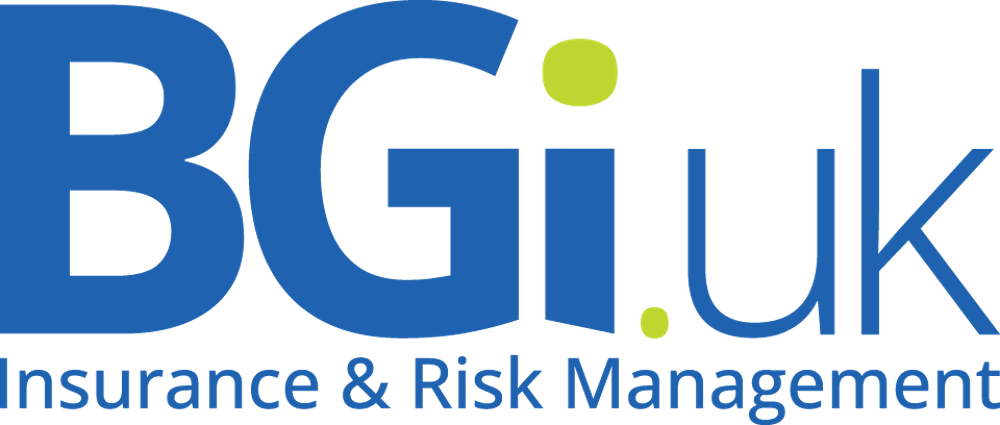Regular headaches are something that many of us just put up with. Maybe it’s due to not getting enough sleep, stress, hormones or needing new glasses. However, if you find that you get headaches and also suffer with neck and shoulder pain/stiffness, this could be the source of the headaches.

There are many classifications of headaches, including migraine, sinus and cluster headaches. One of the classifications is cervicogenic headaches. This essentially means that the headache is originating from the neck. Typically pain will start at the back of the head, where the head joins the neck; this bone is called the occiput.
The reason the headache occurs is that muscles that connect the neck to the occiput become tight or in “spasm” and the pain is referred to one or both sides of the skull. It often feels like the headache is focussed at the temples or above the eyes. Sometimes the headache will be aggravated by movements of the head and neck, and be worse in the morning. Headaches can also occur if the nerve roots in the upper neck become irritated, which again refers pain in a similar pattern.
This article is relevant to me at the moment, because I have had three patients recently who had been complaining of headaches, either as a primary complaint, or as an associated factor to neck and back pain. All had varying degrees of upper neck restriction, together with muscle tightness and muscles that were sore to touch. Furthermore, all have responded very well to chiropractic care with significant reduction in the frequency and severity of headaches.

Chiropractic can have excellent results with cervicogenic headaches. It can also help with other types of headaches, including those classified as ‘Tension Type Headaches'(TTPs). If vertebral joints in the neck become misaligned or subjected to excessive tension, this can cause muscle imbalance in the neck and can, if left unresolved, lead to nerve root irritation and joint degeneration. This can arise from a range of factors including poor postural habits, sleeping habits and unresolved injuries such as whiplash.
Research suggests that spinal manipulation can reduce the intensity and frequency of cervicogenic headaches. Spinal manipulation helps to improve the alignment of joints, facilitating better movement and enabling muscles to relax. Even if you do not suffer from neck pain, restricted movement in the neck is common nowadays and can manifest in other ways such as headaches and shoulder pain.
Main – Photo by Ivan Aleksic on Unsplash





